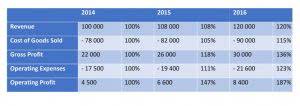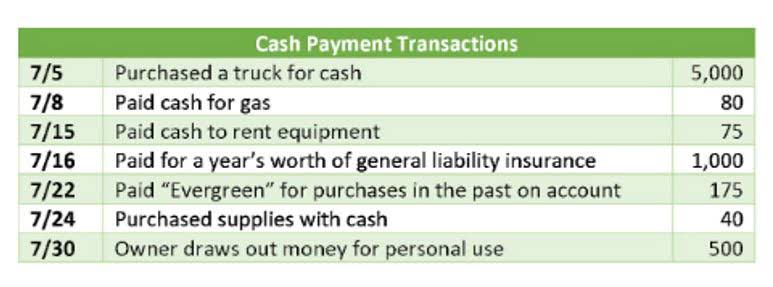
The primary difference between accrual and cash-based accounting is the timing of when revenues and expenses are recognized. In addition, it’s much easier to make corrections on cash-based transactions than on accrual-based transactions. Or does the church report only on one fund and break out QuickBooks revenues and expenses at the account level? It could be a combination of both where the General fund handles 95% of everything and the remaining 5% is handled by a few ministry (mission) funds.

What: A Church Chart of Accounts
- If it is partway through the year, you will need to bring in all the revenue and expenses for the current year.
- Avoid creating so many variations of food line items that it becomes hard for staff to pick the correct account.
- So they may have an expense account called the ‘Local Community Food Shelf Expense’ that is used to write checks out to the local community food shelf organization.
- The Statement of Activities, or the Income Statement, details your church's revenue and expenses over a specific period.
- Now that you have your categories, determine which accounts need to be included in each category.
Joshua Gordon is a lay-pastor, author, and editor of TheLeadPastor.com. Over the last two decades, Josh has worked closely with pastors and other christian leaders, helping them to sharpen and elevate their messages. Today, Joshua pastors at New Life Fellowship, a thriving church he helped plant in Cambridge, Ontario, Canada.
Do Nonprofits Get a 1099? Understanding Tax Obligations
Many organizations start out tracking their transactions in a spreadsheet for simplicity. However, as your church grows and its financial situation becomes more complex, you’ll eventually need to switch to dedicated accounting software. Your church’s operating budget is its master financial plan for a given fiscal year. You’ve likely created a budget for your household before, in which you predicted your income for the year and allocated it to ensure you could cover all of your expenses. Church operating budgets work very similarly, except that they detail an entire organization’s predicted revenue and expenses.
How To Track Your Church’s Revenue

If it is a brand new year, you will only import your Assets, Liabilities, and Equity. If it is partway through the year, you will need to bring in all the revenue and expenses for the current year. You’ll need to decide whether you’re going to use a manual accounting system or an Food Truck Accounting accounting software. For the latter, there are many options available, including ones specifically designed for religious organizations like churches and non-profit organizations. An elegant chart of accounts can bring clarity, simplicity, and efficiency to an organization’s financial reporting. On the flip side, the organization becomes less important when the church uses multiple funds to categorize expenses.

The type of organization you have will dictate the revenue accounts that are listed first. For example, if you sell products, the product revenue accounts will be listed first under Operating Revenue. In the case of churches, they get the majority of their revenue through donations so donation revenue accounts appear first. By following these steps, you can create a solid operating budget that supports your church’s mission and ensures financial health.
Operating Revenue
This is usually the balance of each account/fund/category at the start of the fiscal or physical year. Departments — youth, media, worship, and the like — are a church chart of accounts bit more straightforward, but it’s still important to clarify reporting and accountability structures. While this is the primary function of a COA, each system can be multi-layered and complex. For example, each financial account can contain multiple sub-accounts within it. These contain the many different transactions that took place in relation to their financial contents. A COA is similar to the first thing you see when signing onto an online banking portal or mobile banking app.
